Short answer: whichever way you can. Long answer: Well, read on.
I recently stumbled upon DP Shane Hurlbut’s website, HurlbutVisuals.com, which has turned out to be a great source of know-how from working film professionals, including of course Shane himself. For those of you that don’t know, Shane Hurlbut is an accomplished cinematographer with credits like Need For Speed, Act of Valor, Terminator Salvation, We Are Marshall and Swing Vote to his name. One particular article of his that I’d like to highlight today is his breakdown of how to light day exterior shots.
Before getting into the nitty-gritty, here’s a word of wisdom from Shane.
[Sometimes] you compromise the light to gain the big picture … You do not worry that the light is not exactly how you envisioned it. Making a film is about compromises. Period. If you don’t approach a movie this way, you are being a little naive. It is all about making those compromises and turning them into a positive, every time!
With that in mind, let’s get to it.
1. Use tools for finding the best time to shoot
Shane highlights a few different tools he has used to determine the best times to shoot. Helios is the Rolls Royce of the bunch. Sun Seeker is the runner-up. These are both apps for your smartphone that will tell you where the sun will be at specific times of the day in specific locations, how the shadows will fall and more. Lesson to be learned here? Don’t just wing it. Do your homework before grabbing your camera and your crew. If you anticipate certain lighting needs for a scene or if your director has a particular vision of how the scene should look, make sure you have the elements on your side.
2. Shape the natural light
There are many ways to shape, redirect and/or filter the natural light at your location. According to Shane, know that back light is your friend:
I would always try to look for a back light orientation for your scene. This enables you to shoot for a good amount of time without the light changing. As the light gains its height in the sky, I just slightly rotate my actors to match that rotation, always keeping them back lit. The reason for this is that frontal sunlight can be very harsh at times. It can make it very difficult for the actors to keep their eyes open without squinting. That never looks good unless you are Clint Eastwood and it works like a million bucks. You can bring a bounce in to fill or use as a key light, which is passive. This means using the sunlight, the same source that is back lighting the actor, not adding another light into the bounce. I love all types of bounces no matter what output I need from it.
With the back light working to your advantage, perfect the lighting with negative fill:
Just using a bounce can work great, but there are some times when you want more mood in your scene. That is when you use what is called Negative Fill. During the day, light is all around us. It is coming from the sky, from the horizon, from the ground, you name it. I use large solids, which are black in color, for wider shots and then 4 x 4 solids for close ups that I can work in as a ballet dance with the bounce. Usually I work the bounce. I have a grip doing the negative fill as the actors move if I am not operating.
When shooting a wide shot, I try to shoot them at the most perfect time. Let Mother Nature do the lighting and the contrast control for you. For the medium shots, I bring in 12 x 20 clay coats to reflect a key light source and a 12 x 20 and a 12 x 12 solid for negative fill.
This negative fill can sometimes be a frustrating process because of the daylight coming in from all over. Shaping this light to your liking can feel a little too stylized if you hit it with too much contrast, so beware. If you are in an alley or around tall buildings, then you can get away with steeper contrast. But if you are out in the open, I find that creating a contrast of about 2 to 2.5 stops down on the negative fill is good and plays nicely with almost any scene.
Working in the ability to block a scene where your actors land in a side light scenario is always very pleasing as well. This is done by orienting your actors in a way that they are lit with one side of their face keyed by the sun. Getting this just right is what I learned from Herb Ritts, that perfect angle of light which shapes the face in a way that is beautiful. If you are shooting this kind of light in the morning, then I would shoot the close ups first, while the sun is still in their eyes, before it goes skull eyes. I am sure that you have seen this before. It is when you shoot outside when the sun is too high and the actors look like skeletons because they have these deep shadows in their eyes when the light is too toppy.
3. Substitute natural light with Daylight Balanced Lights
If your scene calls for a more dramatic lighting that Mother Nature can provide, you do have the option of helping Her quite a bit. Enter daylight balanced lights. Shane uses his work on The Rat Pack as an example:
On the The Rat Pack, I lit almost every shot during the day with HMIs. These are daylight balanced lights that match daytime Kelvin color temp, which is around 5500 Kelvin. I would either bounce 18Ks off 12 x 20 Ultra Bounces or drive 18Ks through light grid or full grid diffusion frames. Then I would add a searing back light with a mirror board off the sun, or an 18K spotted in. Sometimes a 7K Xenon was needed. This was the look and feel of this movie. Rob Cohen, the director, wanted the character’s life to be a stage. So every time you saw them, they had the perfect key light, back light and fill level. Most of my other films have been more naturalistic. I don’t choose. I go with the director’s vision and the best way to tell the story.
About Shane Hurlbut:
Shane Hurlbut, A.S.C., is a world-renowned cinematographer who shoots multimillion dollar blockbuster films. Shane brings a level of unparalleled passion and excitement to everything he does. He is an innovative cinematic pioneer that deploys new techniques on every project to challenge him and enhance the quality of his work. He seamlessly blends different camera emulsions to enhance storytelling. One of his recent films, Act of Valor, was shot primarily using the Canon 5D Mark II camera and is the first HDSLR full-length feature released by a major studio.

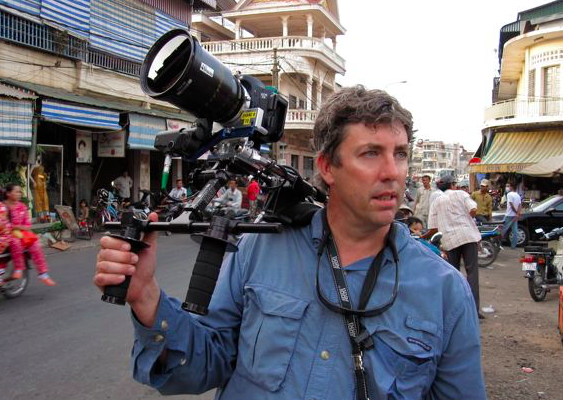
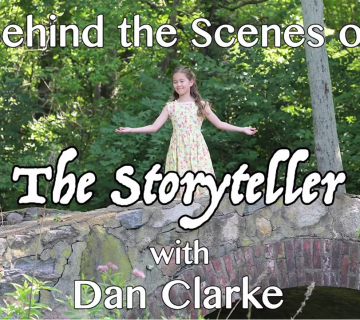
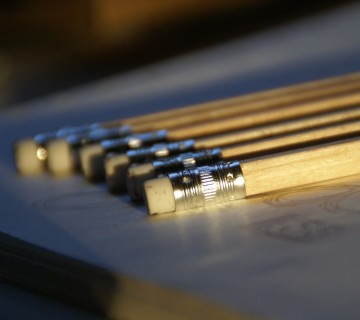
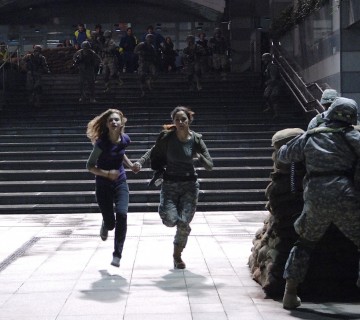
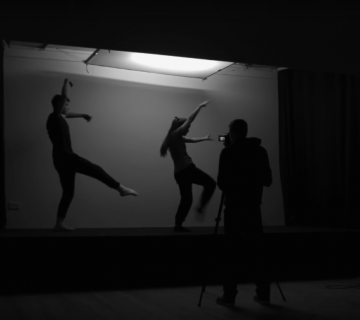
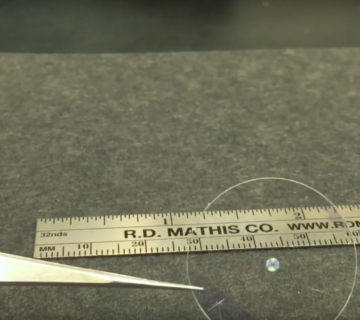

Join the Conversation →